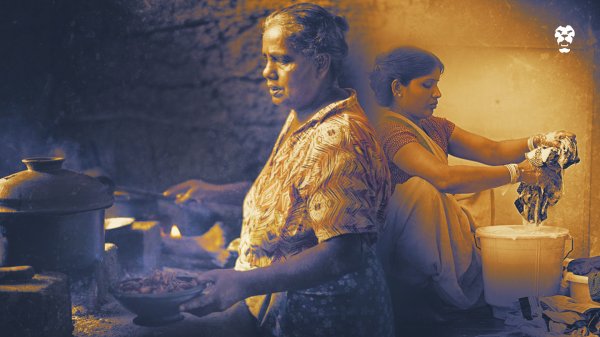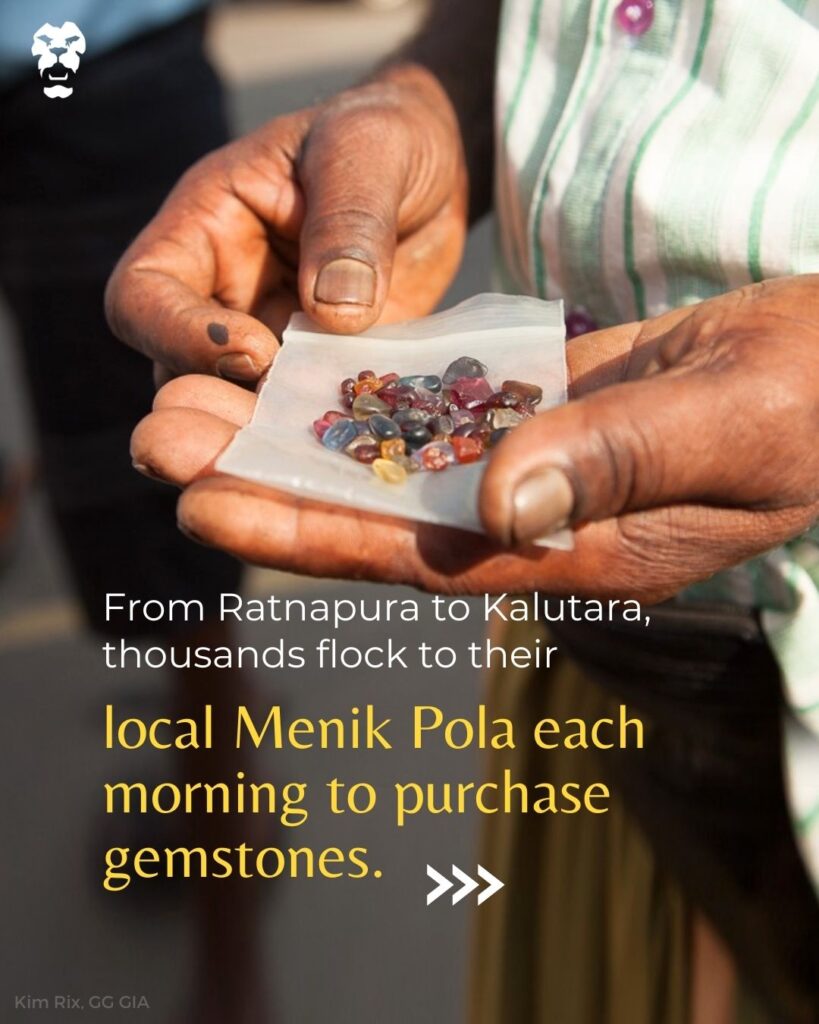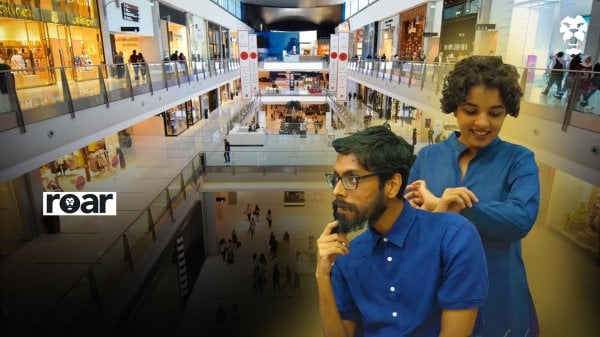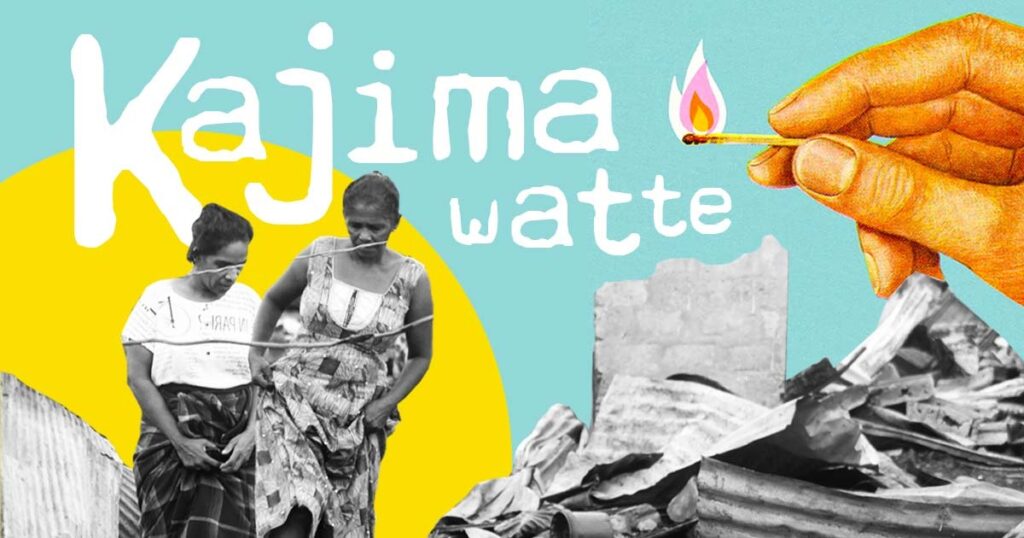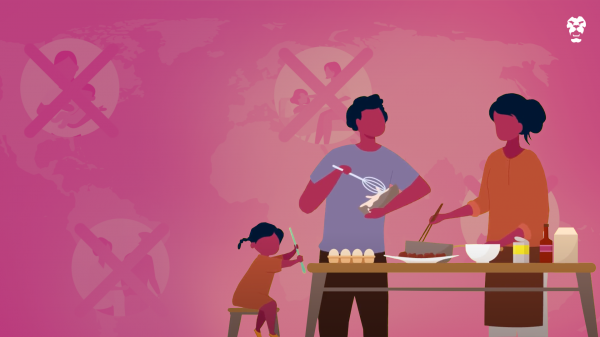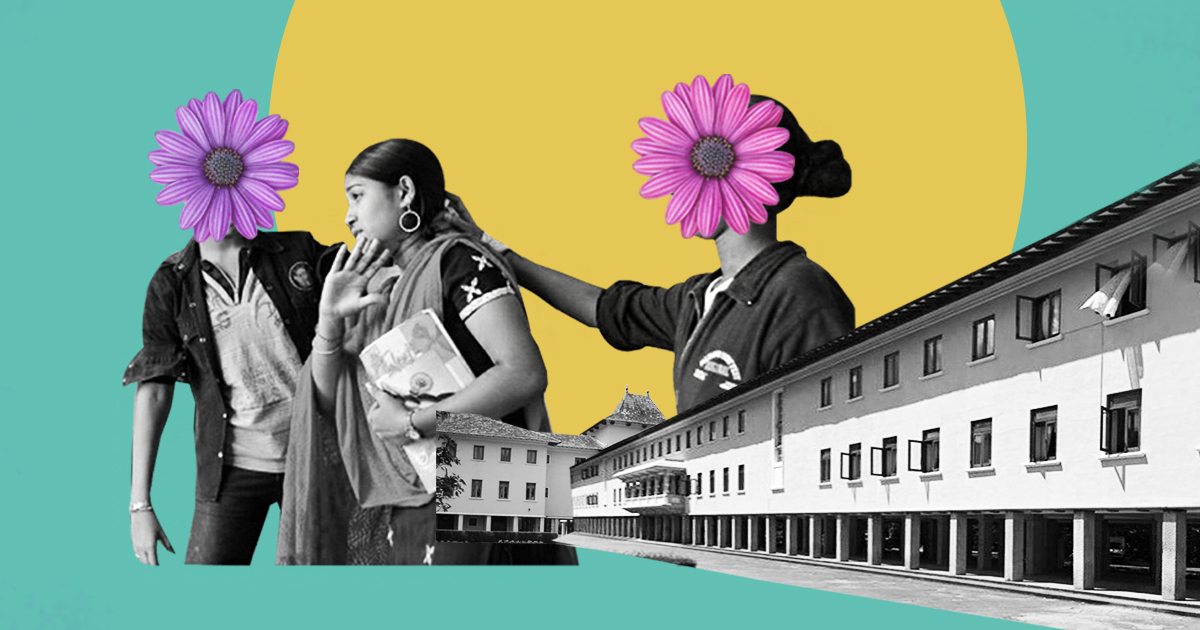
If you Google the phrases ‘student unions’ and ‘ragging’ together, the results are like watching a tennis match; blame is flung back and forth, from one side of the court to the other. Topping the search results is a news piece about a student at the University of Peradeniya having died by suicide in September, allegedly after being subjected to ragging. Below that, a statement from the Student Union of the University of Peradeniya denying the death was related to ragging. Further down, the Dean of the Faculty of Arts of the same university complaining about receiving death threats after suspending all academic activities until the Student Union submitted a written assurance that they would stop ragging; each side deflects responsibility away from their side of the court, with no end in sight to the game.
The formal position taken by the administration of the University of Peradeniya is anti-ragging. This is true for most, if not all, state universities. “Officially, it’s a zero-tolerance policy,” said Dr. Harshana Rambukwella, Director of the Postgraduate Institute of English at the Open University of Sri Lanka, “but the implementations of the regulations and the laws against ragging have been lax — they’re not enforced sufficiently.” As a result, he said, ragging continues as an “underground practice.”
For instance, at the Peradeniya campus, students are separated into social groups on arrival based on whether or not they choose to undergo ragging — the ‘rag’ group and the ‘anti-rag’ group. While it may seem incomprehensible to many that some would ‘choose’ to be ragged, those that do view it very differently from the mainstream, as was evidenced to us during the interviews conducted for this piece. But it is not just those that ‘choose’ to be ragged that are subject to the treatment — the culture is far more pervasive than that.
In September, Roshini Ranasinghe*, a Peradeniya Faculty of Arts student and member of the anti-rag group, lined up to buy food at a neutral canteen accessible to students from both the rag and the anti-rag groups. While in line, three senior students — whom she later found out had already graduated from the university — approached her.
“They started yelling at me in bad language and in a very harassment-like manner, saying we weren’t allowed to eat in this canteen, and then they started threatening [us],” Ranasinghe told Roar Media. Ranasinghe verbally defended herself, but later ran into the president of the student union, who she said, “tried to justify the ragging. He was trying to completely undermine what happened to me. He said he knew it was wrong, but that he was trying to mediate between the two parties. I knew he was full of it, so I just ignored him and left,” she said.
The response of the student union president lends credibility to the common perception that unions perpetuate ragging at worst, or enable it at best, and it is clear that solving the problem will require a more nuanced approach, considering the necessity of student unions as a form of representation and advocacy within universities.
“I don’t think it’s incorrect that people immediately think [ragging is connected to] student unions — it does have a lot to do with student unions, though they usually deny that,” Dr Kaushalya Perera, Senior Lecturer at the Department of English at the University of Colombo told us. “But even if you get rid of student unions officially, ragging may still continue.”
Asking For It
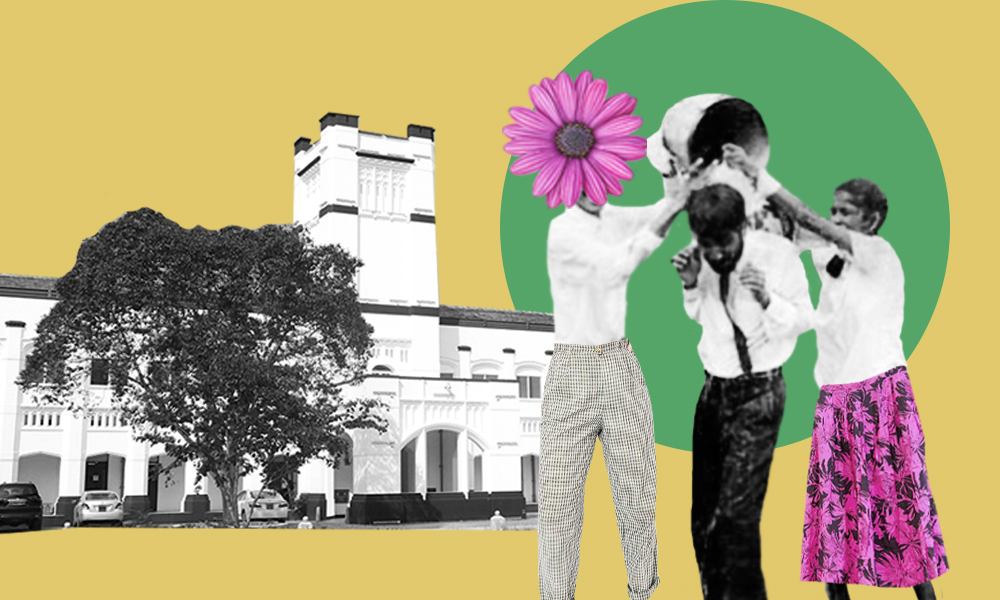
While conversations around ragging have been ongoing for decades now, these dialogues tend to approach the phenomenon as a symptom of hierarchies created by student unions or on-campus social structures rather than university culture itself. “Every workplace, even schools, has its own subcultures. It might not be called or identified as a subculture, but is known instead as a tradition or general practice. It’s the same thing with universities,” Shashika Madushan, former student union president of the Faculty of Arts at the University of Peradeniya told Roar Media.
Because the culture of any environment is often only privy to those operating in that space, media or state discourse around the topic of ragging typically excludes those who directly engage in it. “If you talk to people who are ragging, they are both victims and perpetrators, most often. So they don’t like speaking to people who are outside that circle,” Dr Perera explained.
Hiranyada Dewasiri, a recent graduate of the Faculty of Arts at the University of Colombo where incidents of ragging are generally less frequent and less severe than at other state universities, is of the opinion that ragging is not necessarily perceived by incoming students as a bad thing. “Ragging, for a lot of students, is not harassment. It’s their social events, their fun. There’s this idea that you’re going to miss out a lot if you don’t get ragged at university. You have to follow that rite of passage,” she said.
For university students, there are practical reasons for undergoing ragging. Multiple sources confirmed that freshers are rewarded by seniors and batchmates with unquestioning friendship and support. This support comes in the form of sharing lecture notes, academic or career advice or even providing emotional or financial support with family or personal issues.
There are other practical functions to ragging that cater to larger social structures. “A lot of the student unions have links with different national political parties, and [ragging] is a way of mobilising new students to their political causes,” Dr Perera said. “If that’s the function of ragging, then, of course, it becomes necessary as a social institution.”
In many ways, the hierarchies established within university campuses mirror those that exist outside of them. “Universities represent larger society,” said Terence Rodrigo, Acting Convener of the Inter-University Students Federation (IUSF) and a student union member of the South Eastern University of Sri Lanka. “If violence takes place in the rest of society, it’s likely that it takes place within universities as well.”
He believes unions are the ones that intervene to try to resolve these matters without depending on any other parties or stakeholders.
Students V. Stereotypes
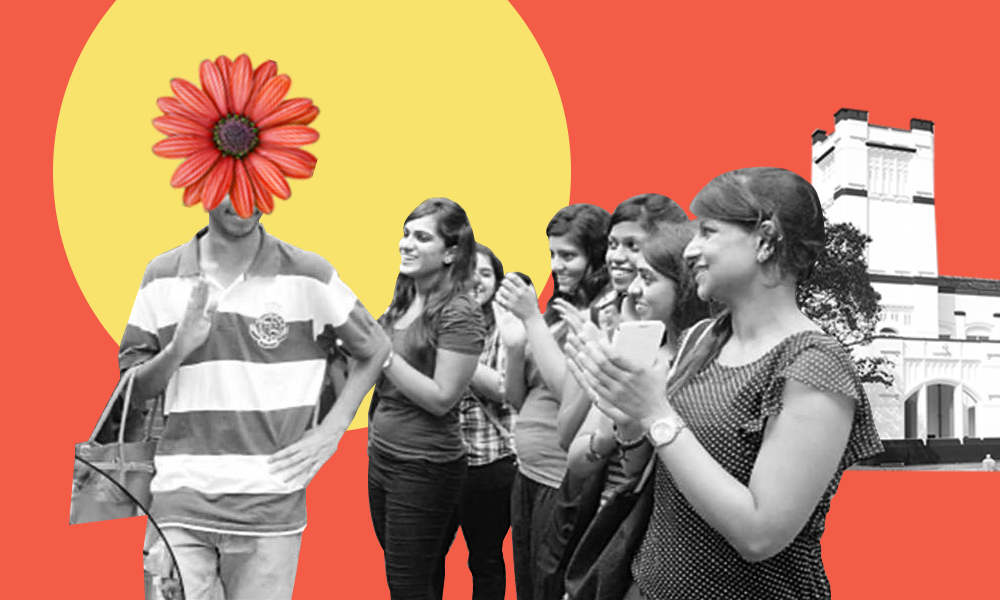
The association between student unions and ragging also has to do with a much more deeply ingrained stereotype: that of student unions, and state university students in general, as being inherently violent. “I am constantly asked, ‘How do you handle your students? They seem so violent,’ and I’ve never had that issue. I don’t think any of us [lecturers] have,” said Dr Perera.
In 2018, she published a study in the Journal of the University of Kelaniya titled ‘The Sri Lankan Undergraduate in the Sinhala Press’, on how Sinhala language newspapers portrayed university students in 2012. “I looked at a whole series of newspaper reports on student protests, and the reporting is really awful in the sense that it paints them as very violent, and as creators and harbingers of chaos,” Dr Perera said. “It seemed to me like, even at that time, there was a narrative built around how university students are undisciplined, lacking any kinds of skills, and therefore it is necessary to bring in measures that will discipline them.”
This narrative is also useful to proponents of private higher education, said Madushan, who believes that stories in the media about ragging often crop up around the time of year that Advanced Level exam results come out and students are getting accepted into universities.
“The students who gain entrance to state universities won’t want to come here and will look at private universities as alternatives. Then they will say there’s a massive demand for private education in the country, and that it’s necessary to establish more private institutions,” he said. “Why can’t we build more state universities and allow more students to enter university? Instead, they build private entities that are allowed to operate without any regulation,” he said.
Getting Political
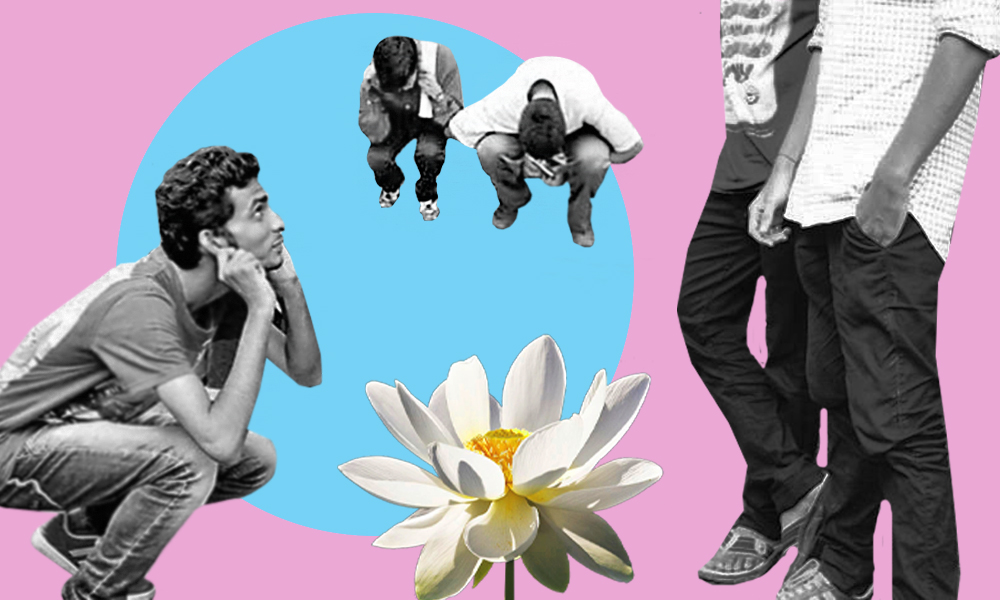
The political involvement of student unions in protests has historically worked against their public image — until now. Because the massive anti-government aragalaya, or struggle that broke out this year united Sri Lankans across various socioeconomic backgrounds and political beliefs, the leadership and sheer numbers of the IUSF in protest marches significantly softened public opinion towards them. This was further cemented when three student activists, including IUSF convener Wasantha Mudalige, were detained under the Prevention of Terrorism Act (PTA) in August. While two of the activists have since been released, Mudalige remains in detention.
As the ongoing crackdown by President Ranil Wickremesinghe’s government against aragalaya activists continues, Rodrigo believes that media discourse surrounding ragging has been intentionally resurfaced in order to undermine the IUSF’s influence during the protests. “I believe that the reason unions are being blamed [for ragging] now is because of the students’ involvement in the aragalaya,” he said. Rambuwella, too, finds the timing deliberate, and added, “This discourse on ragging has been around for a very long time, [but] this sudden interest is because of student political activism, and as a way of discrediting the IUSF because they were at the forefront of the aragalaya.”
“When you associate ragging with student politics — and I don’t mean to say there isn’t [an association], I do think there is very much a connection between the two — I feel like it is a way of discrediting whatever lobbying student unions do outside of the university,” Dewasiri agrees. “I want that association to change,” she continued, “because the moment you associate ragging with unions, you lose any interest in using unions to change all of this. Because you can.”
Class Act
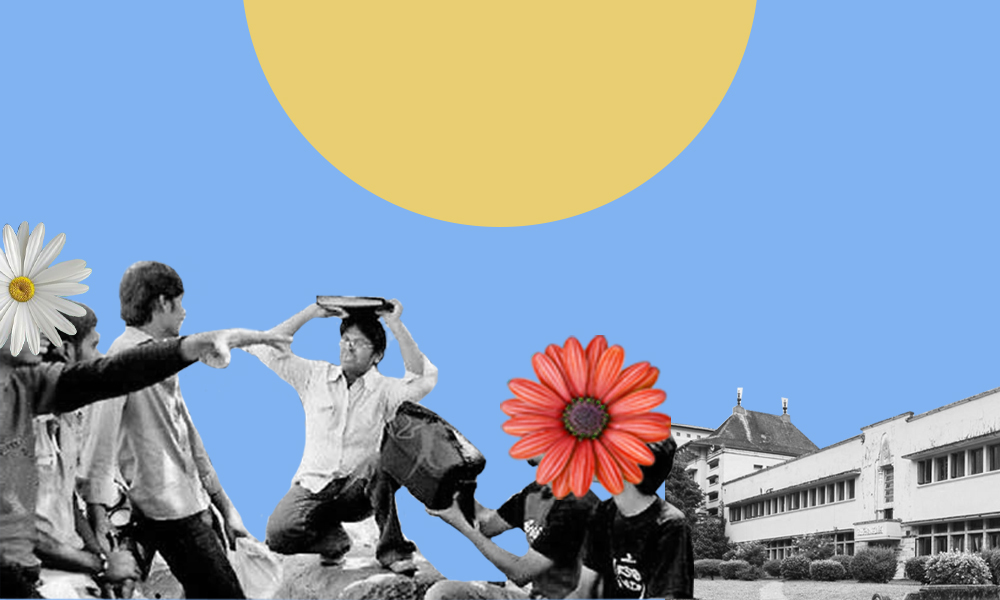
You cannot have a conversation about ragging and student unions without talking about class. The very inception of state education as it remains today had to do with class. Widespread educational reforms imposed in 1945 by the Minister of Education at the time, C W W Kannangara, made tertiary education more accessible to students from a wider range of socioeconomic backgrounds. Prior to this, rural schools taught in Sinhala and Tamil and educated children for free, while English medium schools charged fees and produced alumni that would go on to obtain more prestigious, higher-paying jobs compared to students taught in local languages.
“When Kannangara opened up universities for everyone, and students from all over Sri Lanka started coming to these universities, there was a major gap in privilege and wealth,” Ranasinghe said. “So that’s where, I think, the ragging culture started — to make sure that the privileged few acted on the same level as everyone else. I think there’s this component of jealousy that’s ultimately working against them.”
These systemic disparities in privilege result in many university students enabling a social hierarchy within the campus that they are aware will be turned on its head once they leave. “Students from low-income families are the ones who get bullied in real life,” said Madushan. “They are the ones whose parents struggle to educate them, and they are the ones who have to send money back to their families as well. This is why I joined the union — to help someone, to develop the environment we are in, unions are necessary.”
Despite unions consistently advocating for improvements in infrastructure and resources on behalf of students, severe restrictions in funding for state schools only allow for the bare minimum in terms of non-academic support. “We know that there is a very high need for mental health support, especially given the last two years, that uncertainty, the insecurities of the time, and all the issues we have faced as a country in the past few years,” said Dr Perera. “But that support is very hard for us to give, because it would mean extra time and extra staff, and we don’t have the money for that.”
This lack of resources further exacerbates the culture and consequences of ragging, as students do not have established structures of support to turn to or rely on. There is also the issue of what awaits them when they leave university — a collapsing economy, a rapidly widening gap in wealth and privilege, and ongoing corruption and political instability. “Students who are studying, we have to make sure that they graduate so they can go out into the job market,” Dr Perera continued, “but I constantly ask — what job market?”
If the aragalaya was fighting for a system change, university students were among those who had the most to gain from it. Despite aggressive pushback from the police, military and government, the IUSF is one of the singular groups that continue to organise protests and marches in the aftermath of the 22 July raid on Galle Face protest site Gota Go Gama and the onset of the Ranil Wickremesinghe administration. In a protest in front of the University of Kelaniya on 18 October demanding the release of student activists held under the PTA and the end of government repression, seven more students were arrested.
On 16 October, in response to recent reports of ragging, the government announced its intention to establish ‘human rights centres’ in state universities. While there is little information about the specific mechanisms the proposed centres will implement, confining anti-violence measures to university campuses overlooks the wider culture in which this implicit violence is rooted. In a statement issued on 26 September following the University of Peradeniya ragging incident that resulted in a student’s suicide, the IUSF stated that they ‘see ragging within universities as a manifestation of the violence deeply ingrained in society and meted out by the State.’ They continued, ‘In order to eliminate ragging from the university system, it is imperative that we, as a society, must confront the deep-rooted violence and cultural prejudices prevalent in the society at large.’
*names changed to protect their identities

